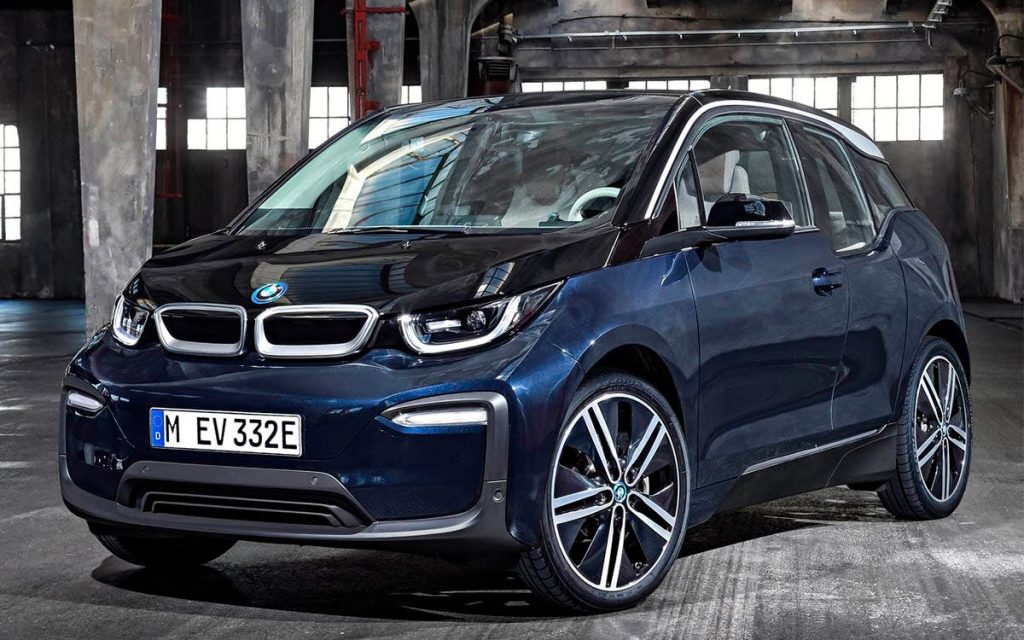On 2013, the BMW i3, the first electric car of the brand, burst into the electromobility market at a time when it was not booming as it is today. After more than 250.000 units sold and nine years in the limelight, the prototype goes out of circulation.
Although no specific replacement has been announced, the successor to this range is expected to be the ix1, an all-electric version of the BMW X1, which is positioned just after the ix3, an electrified model from the next-generation MINI Cooper.
The BMW i3 shocked the automotive industry with its compact design, offering good interior roominess, as well as a modern and groundbreaking design with good finishes using state-of-the-art materials.
Related content: The Recent Announcement by Tesla Delights EV Owners from Other Brands
In addition, the car featured a high natural and recycling component. For example, the carbon fiber chassis made it a very light vehicle, despite the ballast of batteries, with surprising performance for a car of these characteristics.

BMW i3
The first update of the i3 was made in 2016, with a larger battery capacity increasing the range from 190 to 312 kilometers. In 2017, without changing the battery capacity, BMW launched the BMW i3s with an engine with 10 kW more power, a range of 280 kilometers and some features that offered a sportier dynamism.
What does the Future Hold?
For BMW executives, the car’s release will not affect the offer or the user’s preferences. A senior executive of the company in the United Kingdom told Autocar that customers who want an all-electric city car perfectly suited for urban driving, or a compact but spacious vehicle for an active lifestyle, will be perfectly served by the Mini Electric or the upcoming BMW iX1.
In addition, the firm revealed that by the end of 2022, it will have six electric models on the road, a figure that will increase to 13 by 2023.
After the farewell of the i3, in July this year, BMW’s Leipzig factory will reformulate its operations and prepare to reorganize facilities and start production of the third-generation Mini Countryman. This model is based on BMW’s FAAR platform, a new architecture that also marks the end of production of the aluminum-intensive DriveLife platform that underpins the i3.
Written by I Jhonattan González












